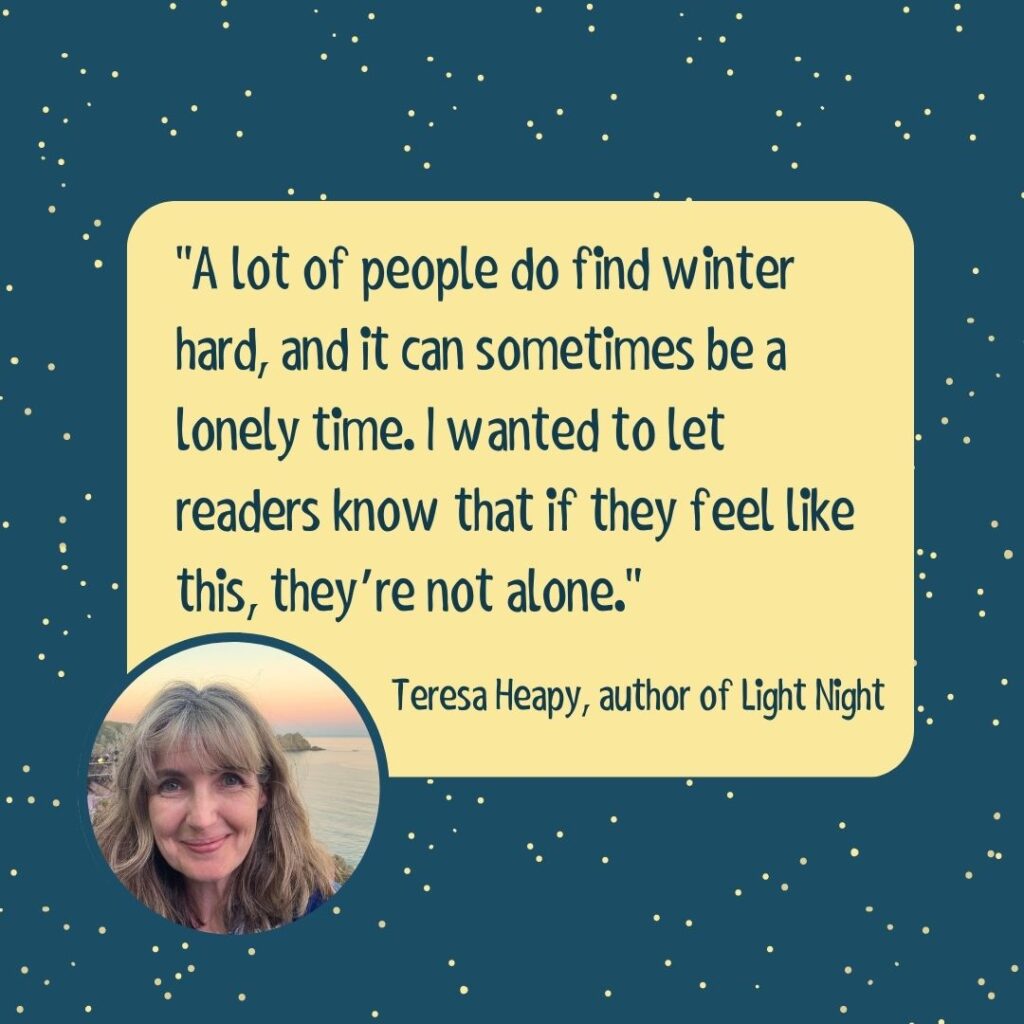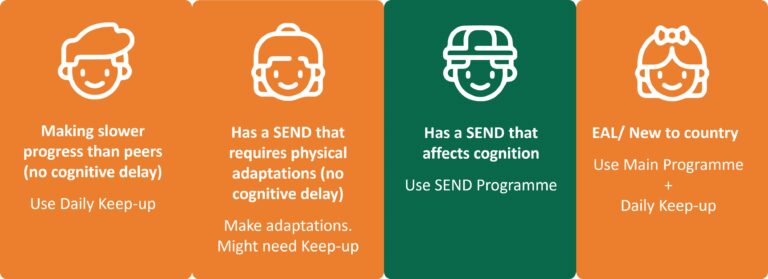On the 27th of April Collins hosted the first Closing the Word Gap early reading conference. The conference was led by early reading experts Charlotte Raby and Emily Guille-Marrett who discussed comprehension, fluency, phonics and reading for pleasure. We’ve rounded up some of the key findings from the day below.
The Word Gap and vocabulary development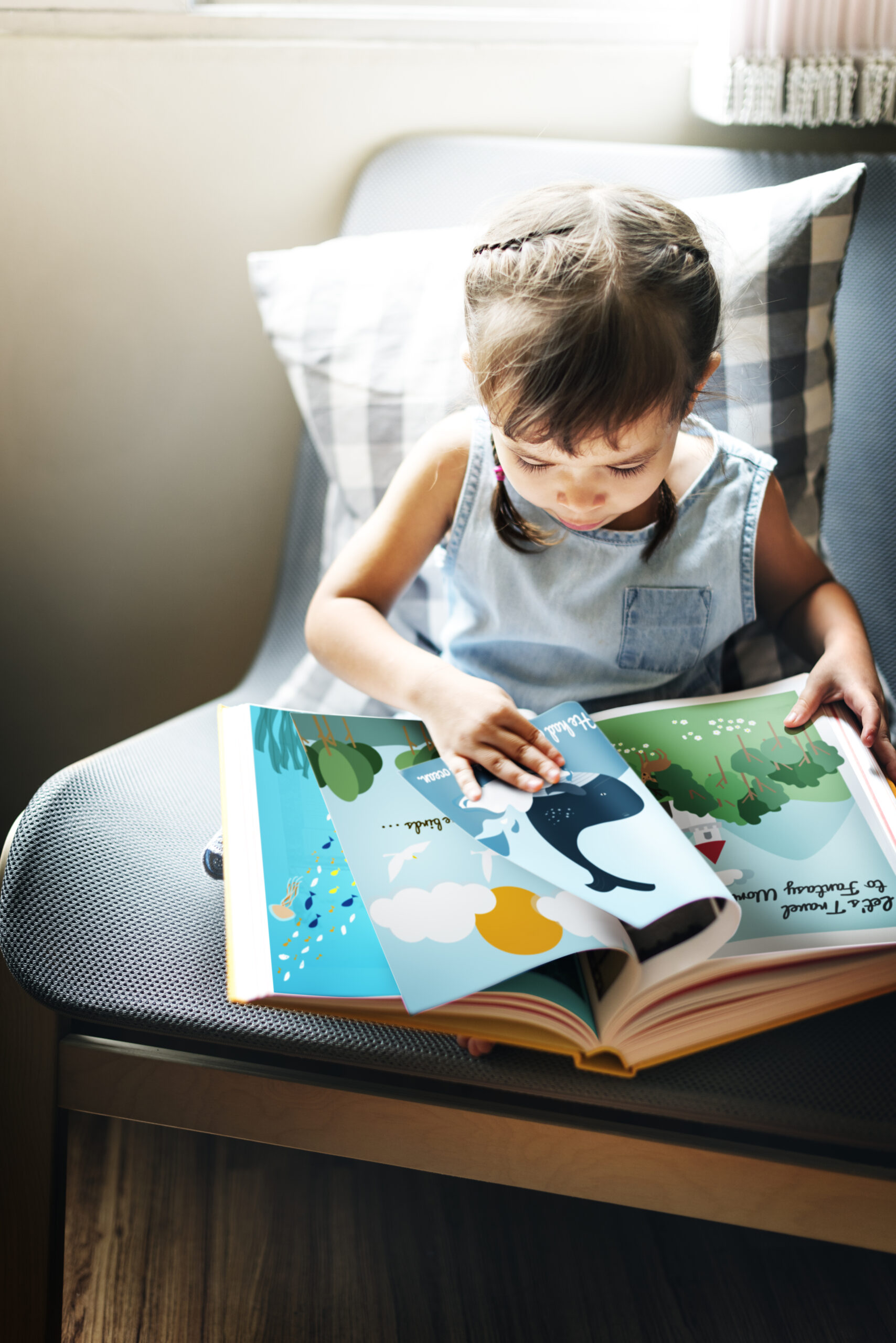
Without doubt the Word Gap was the enduring feature of the day, we came back to its impact again and again.
When we discuss the word gap it is vital that we go back to Hart and Risely’s research from 1995, which identifies a 30-million-word gap between different groups of children by age 3, and consider how this affects children as they enter school. We can see that different children come to school with a different apportionment of language: some children have a wide and varied vocabulary which allows them to express opinions, feelings and reflect on their experiences and some children have only a limited vocabulary and therefore limited communication available to them.
Isabel Beck furthered this debate by exploring the amount of words that children need to be successful readers. She found that children need 15-20,000 words in their vocabulary to be able to understand rich children’s literature. E. D. Hirsch asserts that this vocabulary needs to be taught early to create a common core of language used throughout Primary School so children enter Secondary school with a large enough core of language to succeed.
How can we close the word gap for our children?
- Read picture books with rich language to the children. Afterwards explore the language that is useful but unusual e.g. tremendous, fascinating, petulant, exhausted
- Use wordless books to develop language by talking together to describe and compose narratives
- Teach words systematically and play games so that the children get to know the words over time.
Early Comprehension – another way…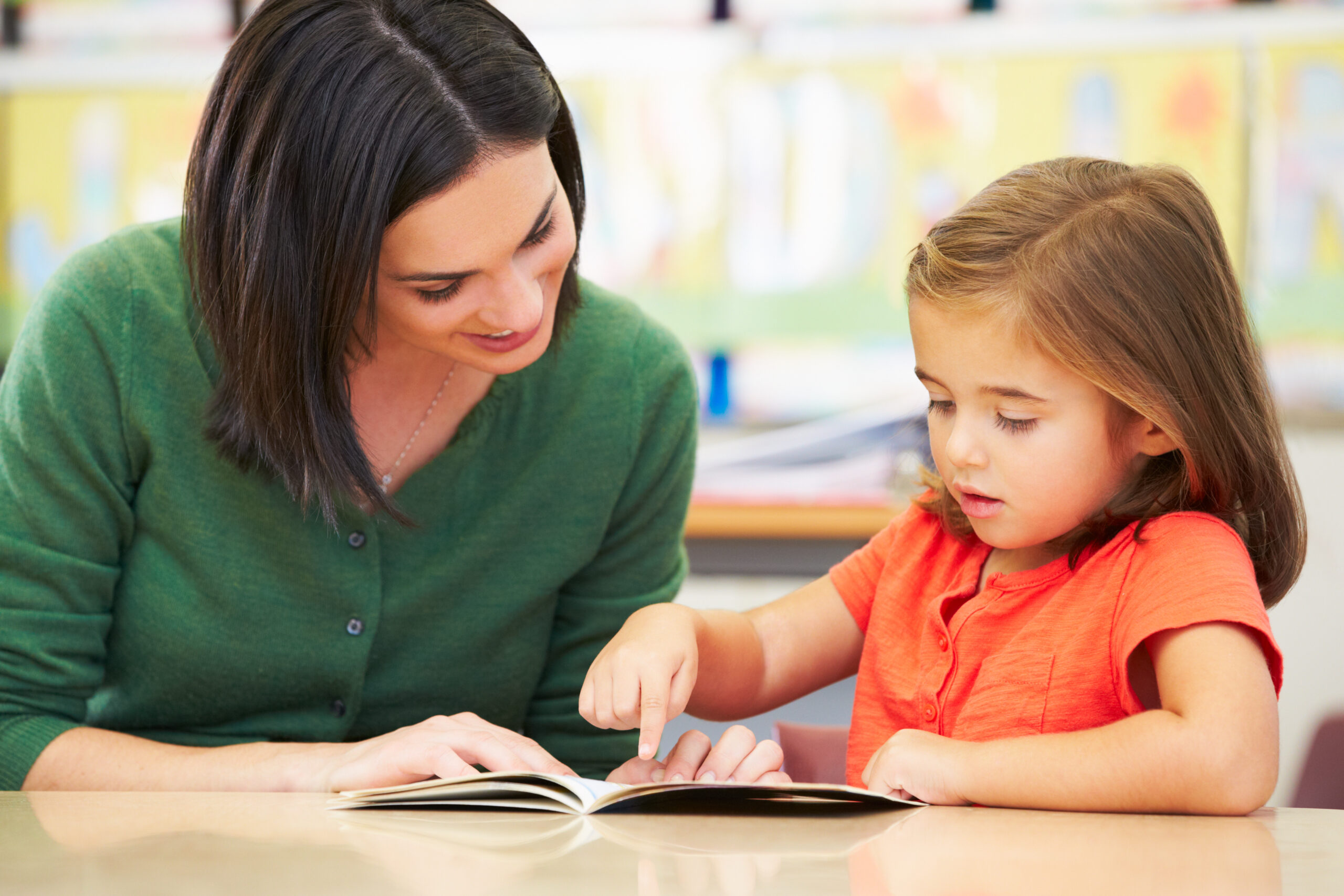
We know that a positive attitude to reading is vital in improving children’s life chances. Children who read daily, who choose to read, read more words, widen their vocabularies and do better academically. So, consider how you introduce reading to your children. It is important that children see themselves as readers before we begin formally teaching reading. Being the ‘boss of the book’ is a strategy that puts the child at the centre of the reading process where they read the book by talking about what interests them. The contingent talk that results from this with an adult has been proved by research from LuCiD to improve vocabulary and has the added bonus of introducing reading in an intimate child-centred way.
Fluency and Prosody 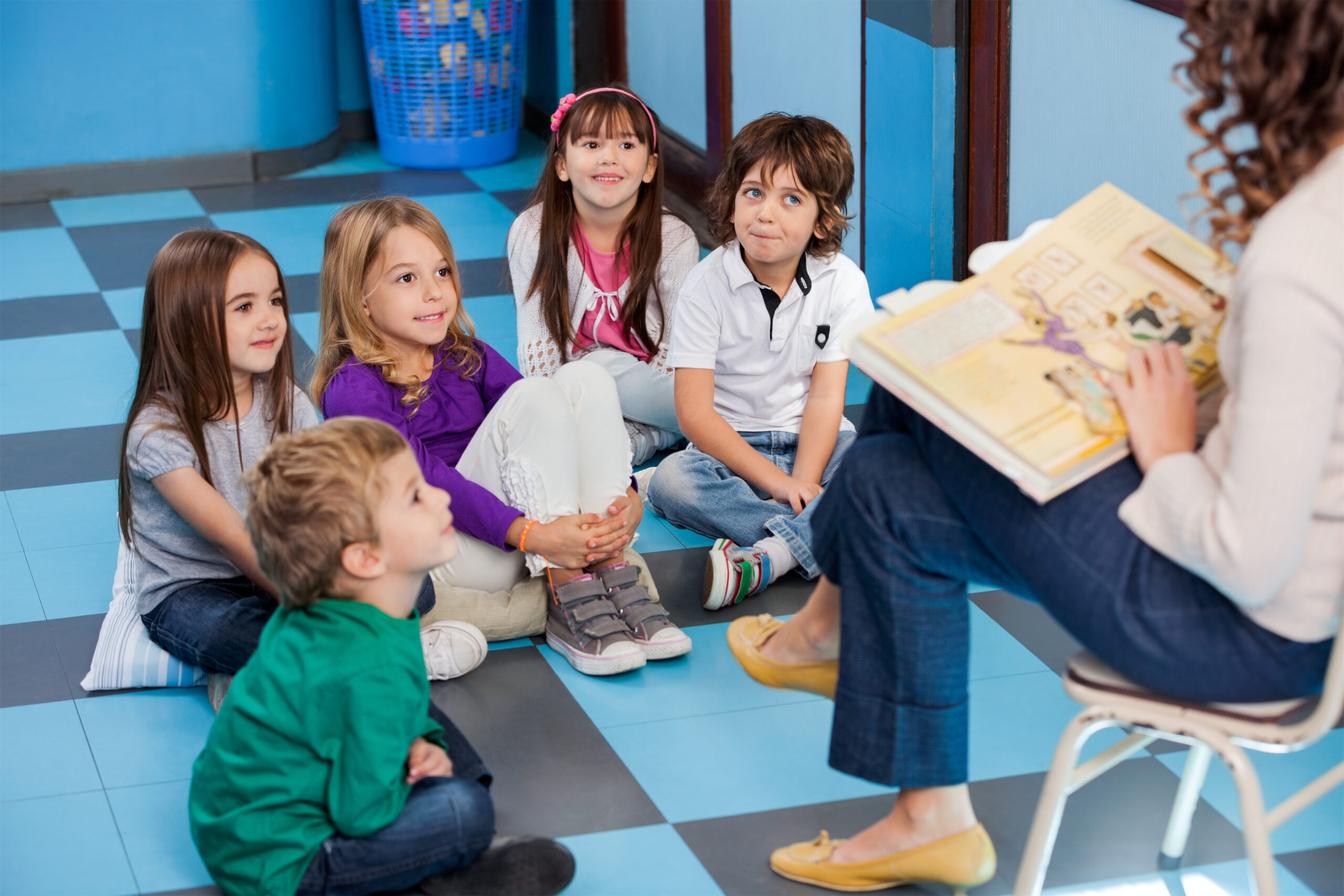
We are all aware of the teacher assessment of reading in Year 2 that sets the expectations at 90 words per minute. What may not be apparent is the reason behind this. A reading speed of 90 words per minute is needed for children to be able comprehend as they read and this means that children in Year 2 who have this reading speed are ready for the demands of Key Stage 2. But this emphasis on speed may mean that we lose sight of the other aspect of real fluency and that is reading with comprehension. We all know children who read quickly but without intonation – I call them robot readers! We have no idea as they read if they understand.
Teaching children to read with prosody ensures that they understand as they read. Prosody is the vehicle for reading comprehension. A child who reads with prosody understands which words to emphasis, how to read punctuation with accuracy and how to create a voice for the characters when they speak. And the good news is that we can teach prosody from the very beginning of teaching reading.
How can we ensure prosody?
- Read aloud to children with expression to help them develop fluency and prosody
- Teach children how to read punctuation: an exclamation mark tells us to read with feeling discuss what that feeling could be and make your voice show the feeling
- Repeated reading of the same text gives children time to gain fluency and prosody: choose pages to read; model reading with prosody to the children; ask them to have a go at reading the same page with prosody themselves.
References
Hart and Risely: Meaningful Differences in the Everyday Experiences of American Children 1995
LuCiD: The ESRC International Centre for Language and Communicative Development
Cotter, Jennifer, “Understanding the Relationship between Reading Fluency and Reading Comprehension: Fluency Strategies as a Focus for Instruction” (2012). Education Masters. Paper 224
Doug Lemov: Raising Kids Who Read 2015
Written by Charlotte Raby and Emily Guille-Marrett
Charlotte Raby
Charlotte Raby has over 10 years’ experience writing, developing and delivering training to schools and universities as well as lecturing in English at Essex and Thames Valley SCITT. She is joint Series Editor of the new Collins Big Cat Phonics for Letters and Sounds books and author of over 30 educational teacher resources, programmes and learn to read books. She has developed trainers through a successful coaching model and trained trainers to present and work with schools to ensure rapid improvement at all levels – from leadership to teaching assistants. Charlotte has worked in the public and private education sectors, delivering training and ongoing support to individual schools as well as MATs and Academy chains.
Emily Guille-Marrett
Emily has worked in children’s educational and home learning publishing for over 15 years and is joint Series Editor for Collins Big Cat Phonics for Letters and Sounds. She has created innovative print and digital primary literacy content for international publishing houses and has published some of the country’s leading educationalists such as: Pie Corbett, Nikki Gamble and Debbie Hepplewhite. She also creates and delivers training and story events for libraries, literacy charities and schools and lectures on Writing for Children at Canterbury Christchurch University.


